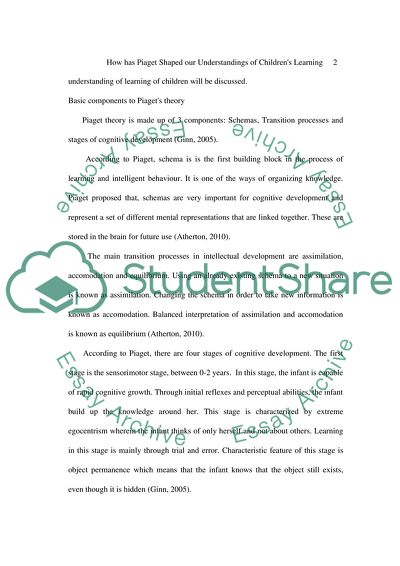Cite this document
(Theory of Child Learning Essay Example | Topics and Well Written Essays - 2500 words, n.d.)
Theory of Child Learning Essay Example | Topics and Well Written Essays - 2500 words. Retrieved from https://studentshare.org/philosophy/1743787-how-has-piaget-shaped-our-understandings-of-childrens-learning
Theory of Child Learning Essay Example | Topics and Well Written Essays - 2500 words. Retrieved from https://studentshare.org/philosophy/1743787-how-has-piaget-shaped-our-understandings-of-childrens-learning
(Theory of Child Learning Essay Example | Topics and Well Written Essays - 2500 Words)
Theory of Child Learning Essay Example | Topics and Well Written Essays - 2500 Words. https://studentshare.org/philosophy/1743787-how-has-piaget-shaped-our-understandings-of-childrens-learning.
Theory of Child Learning Essay Example | Topics and Well Written Essays - 2500 Words. https://studentshare.org/philosophy/1743787-how-has-piaget-shaped-our-understandings-of-childrens-learning.
“Theory of Child Learning Essay Example | Topics and Well Written Essays - 2500 Words”, n.d. https://studentshare.org/philosophy/1743787-how-has-piaget-shaped-our-understandings-of-childrens-learning.


